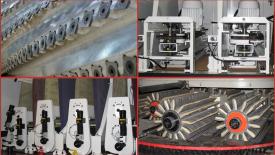
Forklift safety: 12 expert tips to avoid a costly loss
Forklift accidents consistently rank among the most common insurance claims. While most are small in nature, every now and then, a forklift accident can create serious injuries—even fatalities—and multi-million dollars’ worth of damage.
















